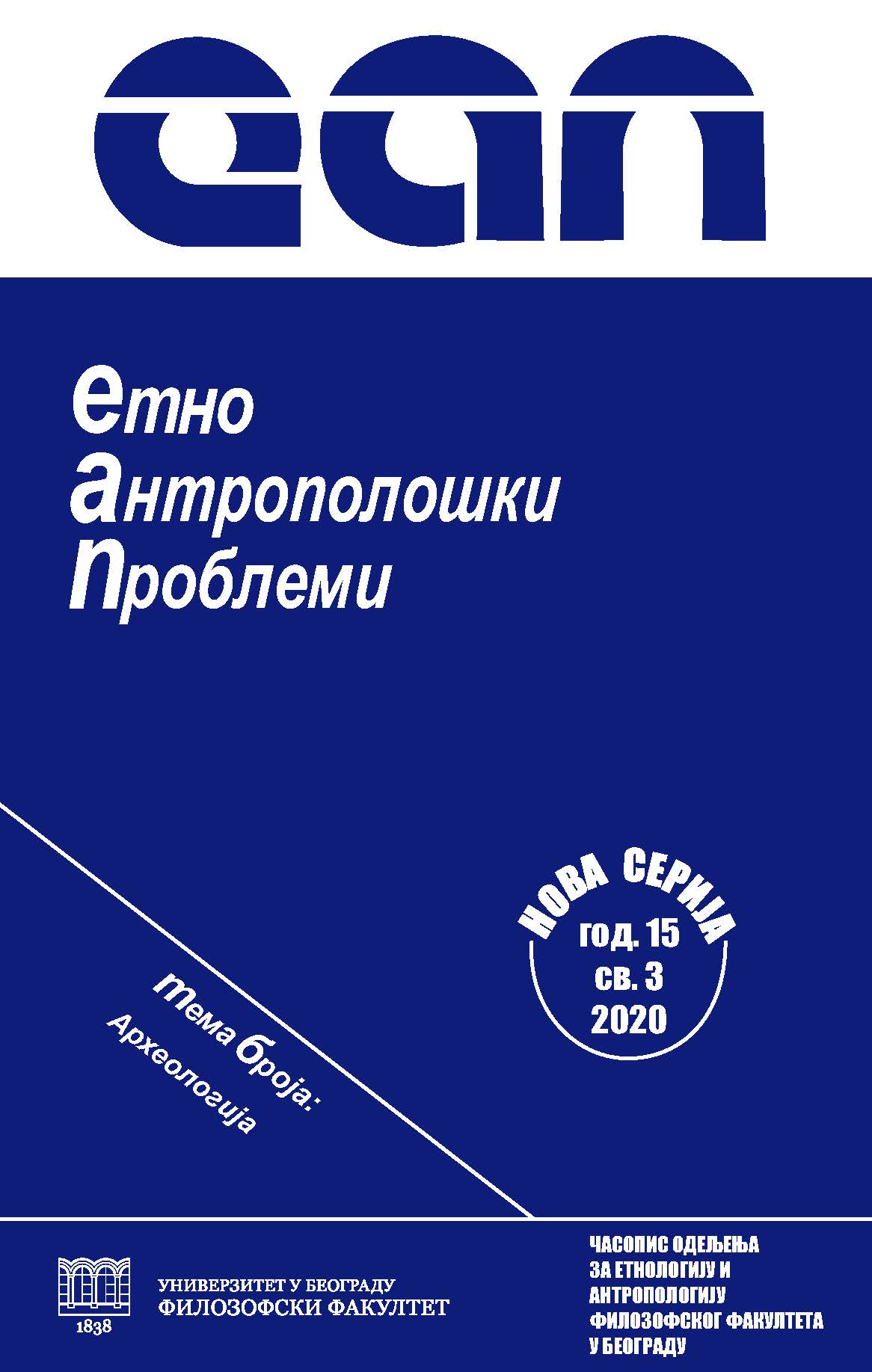Keramika i nesedentarne zajednice:
poreklo, tehnologija izrade i upotreba
Pottery and non-sedentary communities:
origins, technology and usage
Author(s): Ivan Vuković, Jasna VukovićSubject(s): Archaeology
Published by: Филозофски факултет, Универзитет у Београду
Keywords: early pottery; origins of pottery; usage; mobile communities; hunter-gatherers; textiles;“soft” technologies
Summary/Abstract: The introduction of the skill of pottery-making has been recognized as the turning point in the human past from the very inception of the disciplines of archaeology/anthropology. Until re-cently, pottery has been explained as a part of the Neolithic package and linked to the begin-nings of agriculture and sedentarism. However, the pottery registered among the hunters-gatherers of the late Pleistocene in the Far East has demonstrated beyond doubt that it represents an innovation completely independent from plant cultivation and domestication of animals. This has induced a reconsideration of our knowledge. Although various hypotheses explained the appearance of the earliest pottery, it seems today that the invention of pottery technology was most probably induced by utilitarian, practical reasons. On the grounds of the analyses of the organic contents of the vessels, their qualities and the distribution of use alterations, it is certain that pottery is closely linked to preparation and partially with storage of food of animal, often aquatic origin, and sometimes of nuts. On the other hand, the causes and mechanisms of adop-tion of pottery as a new technology may have been diverse and dependent on various factors. For example, pottery production may be seen as prestige technology among hunters-gatherers, where individuals compete for power, prestige and status by organizing feasts, but in the non-stratified societies as well, where it was used as a medium during the festivities aimed at strengthening the group cohesion, or on the occasion of marriages of members of different groups, where they are reminded of communal obligations and alliances. One of the characteris-tics of pottery in mobile communities is its close link to twined/woven objects: many pottery as-semblages from these groups bear traces on their surfaces that are the consequence of pressing such material (cords, baskets, sacks, mats, fabric, etc.), so sometimes “ceramization” of these older technologies is mentioned. However, the importance of spun material should be stressed in the technology of pottery production. These may have been used in the process of modelling of vessels, as supports or moulds. Finally, the text considers the Starčevo pottery. In spite of the fact that it “reaches” into the Balkans along with other characteristics of the Neolithic package, it performs important similarities to the pottery of mobile communities, from its transportability as a desired feature, to indications that at least some forms were executed in baskets as moulds. The examples of the Starčevo pottery exist bearing the impressions of textile on their interior surfaces, probably due to easier separation of the dried vessel from the mould. All these data raise the issue of interdependence of soft technologies and pottery, as well as wider questions, such as mechanisms of cultural transmission.
Journal: Етноантрополошки проблеми
- Issue Year: 15/2020
- Issue No: 3
- Page Range: 745-771
- Page Count: 27
- Language: Serbian

